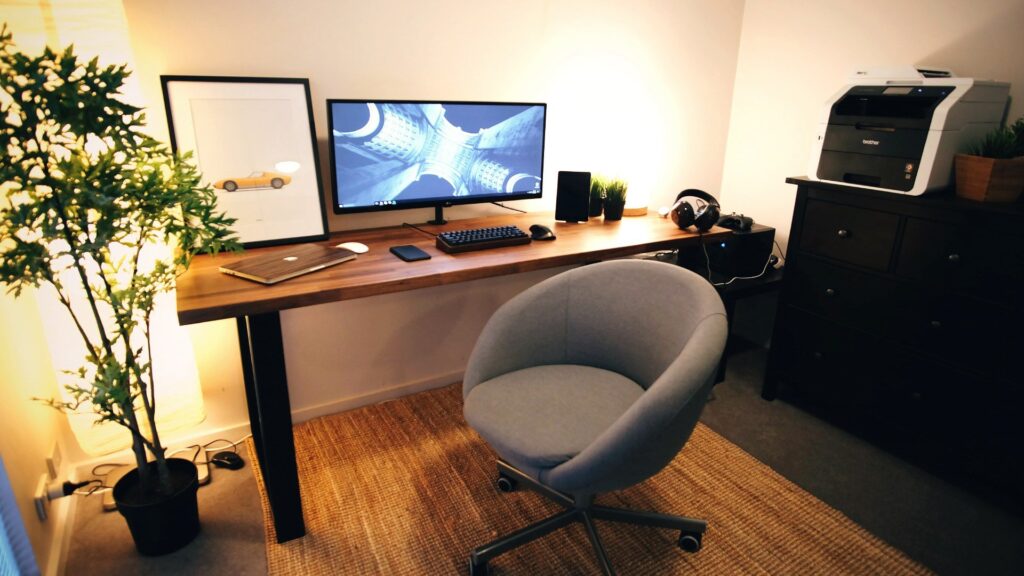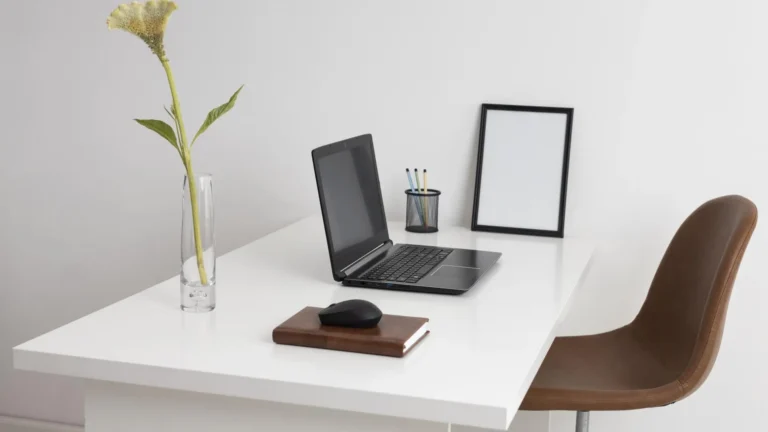Tips For Creating a Professional Workspace
A professional workspace is the stage upon which your personal and business narrative is written- whether it’s a traditional office, coworking space or home office. Creating the right environment is key to boosting productivity and collaboration.
Make sure your space is flexible and encourages movement throughout the day. This can be as simple as placing the copy machine away from your desk or a phone booth in the open area for impromptu calls.
Keep it clean
Maintaining a clean and organized workspace is essential to productivity. It enhances focus, streamlines work processes, reduces stress and health issues, and promotes a professional image. The key is in developing daily habits that keep workplaces in pristine condition, minimizing the gap between professional cleanings.
Start each day by wiping down office surfaces and desk equipment like desk pad, including the keyboard, mouse and phone. This eliminates germs and prevents them from spreading to other areas. It is also helpful to invest in a few desktop organizers to limit the amount of items on the workspace and help keep the area clean.
Incorporate regular clean-ups of common areas like breakrooms and meeting rooms to sanitize high-touch surfaces. Implementing best practices for personal hygiene, such as frequent handwashing and the use of hand sanitizer, also contributes to reducing germs in shared workspaces. Encourage employees to sanitize their personal items, such as coffee mugs and water bottles, before sharing. It is also important to regularly declutter personal workspaces to reduce the risk of tripping and injury.
Involve employees in the planning process of a cleaning schedule to create a system that is both realistic and considerate of their individual workloads and schedules. This will foster a sense of ownership over the cleanliness of their workplace and ensure that the cleaning routine is being adhered to consistently.
Keep it organized
A messy workspace can negatively affect morale and overall job performance. An organized space encourages a sense of control and order, which leads to increased productivity. This is especially true when employees can quickly access the resources they need to complete daily tasks without spending unnecessary time searching or navigating through clutter.
An organized workspace also helps employees maintain a better work-life balance. By leaving work at the office and not bringing it home with them, employees can focus on personal activities and spend quality time with family. In turn, this can lead to higher morale and improved job satisfaction for both individual employees and the company as a whole.
Keeping a professional workspace organized can be difficult, particularly if employees have been working in the same position for years and have built up an abundance of paper, supplies, and electronic accessories. However, a few simple changes can make all the difference in an employee’s day-to-day workflow.
For example, desktop file organizers are a great tool for creating a codified destination for each piece of paper that may land on your desk. In addition, utilizing larger trash cans is a simple but effective way to prevent paper and other waste from being tossed onto a desk or floor. Finally, eliminating redundant physical reminders by using software programs to schedule meetings or book clients can save a considerable amount of space and eliminate the need for multiple sticky notes.
Keep it comfortable
Whether they’re at home or in the office, your employees work best when they feel comfortable. Creating a workspace that’s designed to fit their professional needs and preferences helps them stay focused and engaged. And while it may not be possible to add couches, hammocks or beanbags, there are plenty of more subtle ways you can make the workspace cozier.
Start by adding natural elements and incorporating colors that enhance productivity. Blue hues encourage calm and focus, while greens support a sense of rejuvenation. Also, ensure your workspace is adequately lit with natural light to reduce eye strain and increase productivity.
Consider ergonomic options, like adjustable chairs and standing desks, that help your staff avoid discomfort and injury over the long term. Keep clutter to a minimum by utilizing shelves, drawers and organizers to keep essential items within reach. Tangled wires are not only distracting but can pose a safety risk, so look for smart solutions, such as cable organizers, that allow you to neatly conceal cords and reduce clutter.
Embrace diverse work styles that let your team choose the right setting for them, from a quiet home office to an open collaborative area. This flexible approach fosters inclusivity and improves overall performance.
Keep it personal

A professional workspace is the stage upon which an individual’s professional narrative unfolds. It can be a traditional building, a co-working space or even a home office. It can also be a specific area within an existing setting such as a desk, an office, a conference room or the hallway.
Ultimately, it is an environment that reflects both the personality and the goals of the individual. It’s important that a workspace provides the comfort and tools necessary to accomplish one’s professional goals, but it’s equally as important that it encourages and fosters a productive work-life balance. Creating an effective workplace involves more than just the physical environment and equipment- it’s about collective adherence to practices that enhance the organizational culture.
In addition to a clean and organized space, the following best practices can help keep a workspace personal:


